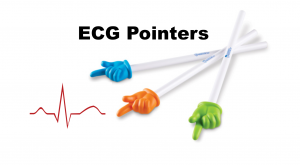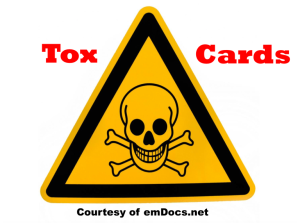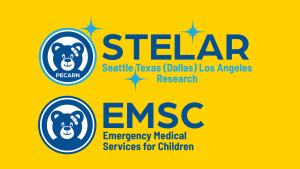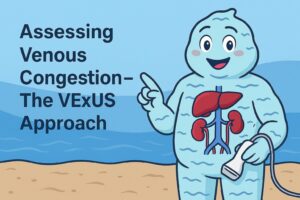Author: Alex Koyfman, MD (@EMHighAK) // Edited by: Brit Long, MD (@long_brit)
Welcome back to the EM Boards Survival Guide! This emDocs series will provide you with regular tips and must-know items for EM boards and inservice. Each post will feature several key takeaways on a specific organ system. This week we cover orthopedics.
Boards Must-Knows:
1) Foot: Pseudo-Jones => avulsion fracture at base of 5thmetatarsal / know X-ray; walking boot. Jones => transverse fracture of metatarsal shaft / know X-ray; splint/crutches/non-weight bearing/urgent Ortho. Lisfranc => midfoot instability (ligamentous injury +/- fracture), look for plantar bruising, know X-Ray/may need to obtain stress views, urgent Ortho.
2) Ankle: know Ottawa ankle rule (https://www.mdcalc.com/ottawa-ankle-rule). Identify Maisonneuve fracture. Most dislocations with associated fracture; know how to reduce.
3) Achilles tendon rupture: “middle aged, weekend warrior”. Know Thompson test. Splint in slight plantar flexion.
4) Knee dislocation: Anterior more common; however, posterior is where we worry about popliteal artery injury. Nerve: common peroneal. Used to be thought of as high-energy mechanism, however more with subtle injuries in obese patients. Emergent reduction. Check ABI, if < 0.9 then obtain CT angio.
5) Patella: Fracture => commonly female, check extensor mechanism. Tendon rupture (quad, patella): check extensor mechanism, knee immobilizer/crutches/Ortho. Dislocation: lateral location most common; reduction technique with medial pressure on patella while leg is extended.
- WikEM– Fracture
- WikEM– Tendon Rupture
- WikEM– Dislocation
- Emergency Medicine News
6) Tibial plateau fracture: X-ray is good, but nowhere near 100%. CT is better to identify and characterize. High risk area for compartment syndrome.
7) Femur: Intertrochanteric/neck fractures: elderly; shortened/abducted/externally rotated; ORIF asap. Mid-shaft: young; high-energy mechanism; consider other injuries; traction/Ortho.
8) Hip dislocation: High-energy, posterior most common, shortened/adducted/internally rotated, reduce emergently given risk of avascular necrosis and damage to sciatic nerve (in general, know associated nerve/vascular injuries of Ortho fractures and/or dislocations).
9) Scapholunate dissociation / perilunate dislocation / lunate dislocation: FOOSH. Scapholunate => know X-ray; widening between scaphoid and lunate; sugar tong/Ortho follow up. Perilunate => know X-ray; dorsal dislocation of capitate; Ortho in ED. Lunate => know X-ray; “spilled teacup; Ortho in ED.
10) Carpal tunnel: Know those at risk (diabetes, pregnancy, thyroid). Paresthesias in median nerve, then muscle wasting over thenar eminence. Know Tinel’s and Phalen’s signs. Treatment includes splinting, NSAIDs.








